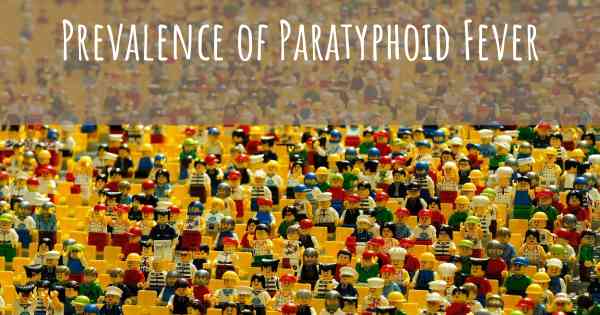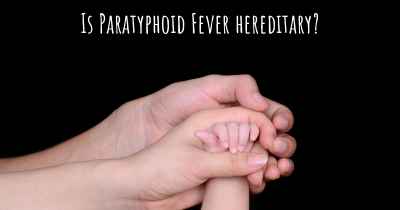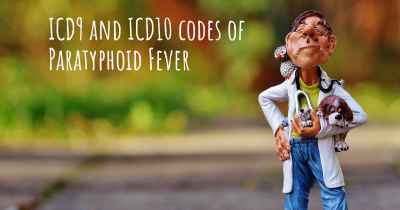18
What is the prevalence of Paratyphoid Fever?
How many people does Paratyphoid Fever affect? Does it have the same prevalence in men and women? And in the different countries?

Paratyphoid Fever is a bacterial infection caused by the Salmonella Paratyphi bacteria. It is less common than typhoid fever but shares similar symptoms. The prevalence of Paratyphoid Fever varies across different regions and populations. In areas with poor sanitation and limited access to clean water, the risk of infection is higher. Travelers to endemic regions are also at risk. The prevalence of Paratyphoid Fever can be reduced through improved hygiene practices, safe food handling, and vaccination. It is important to seek medical attention if symptoms such as high fever, abdominal pain, and diarrhea occur after traveling to high-risk areas.
Paratyphoid Fever, also known as enteric fever, is a bacterial infection caused by the Salmonella Paratyphi bacteria. It is similar to typhoid fever but generally milder in nature. The prevalence of Paratyphoid Fever varies across different regions and populations.
Global estimates suggest that Paratyphoid Fever accounts for a significant proportion of enteric fever cases, with an estimated 5.4 million cases occurring annually worldwide. However, it is important to note that these estimates may not capture the true burden of the disease due to underreporting and limited surveillance systems in some areas.
The prevalence of Paratyphoid Fever is higher in regions with inadequate sanitation and limited access to clean water. It is more common in developing countries, particularly in South Asia, Southeast Asia, and parts of Africa. Factors such as poor hygiene practices, contaminated food and water sources, and overcrowded living conditions contribute to the spread of the disease.
Preventive measures such as improved sanitation, access to clean water, proper food handling, and vaccination can help reduce the prevalence of Paratyphoid Fever. Vaccines targeting Salmonella Paratyphi are available and recommended for individuals at high risk, such as travelers to endemic areas.
In conclusion, Paratyphoid Fever is a significant public health concern, particularly in regions with poor sanitation and limited resources. Efforts to improve hygiene practices, access to clean water, and vaccination coverage are crucial in reducing the burden of this bacterial infection.
Diseasemaps








